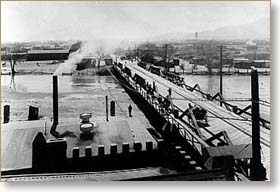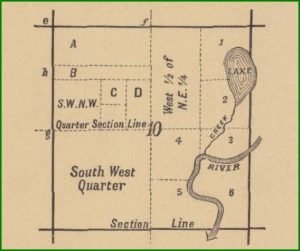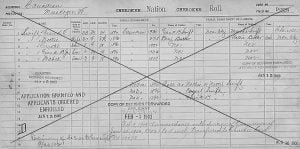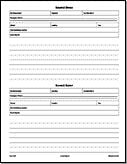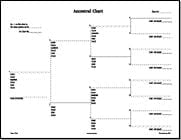Utah Archives, Libraries, and Historical Societies
Utah Archives Utah State Archives City of Logan Archives Utah Libraries Family History Library Harold B. Lee Library – BYU J. Willard Marriott Library – Univ. Utah Logan Public Library Utah Societies Utah Genealogical Association Utah State Historical Society Mormon History Society Draper Historical Society Washington City Historical Society



